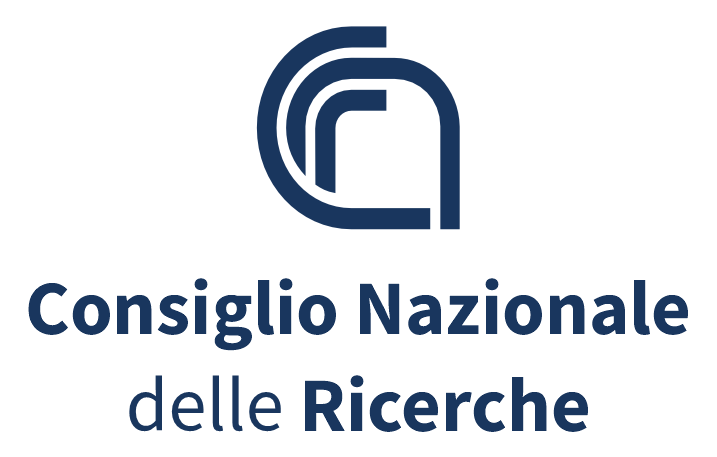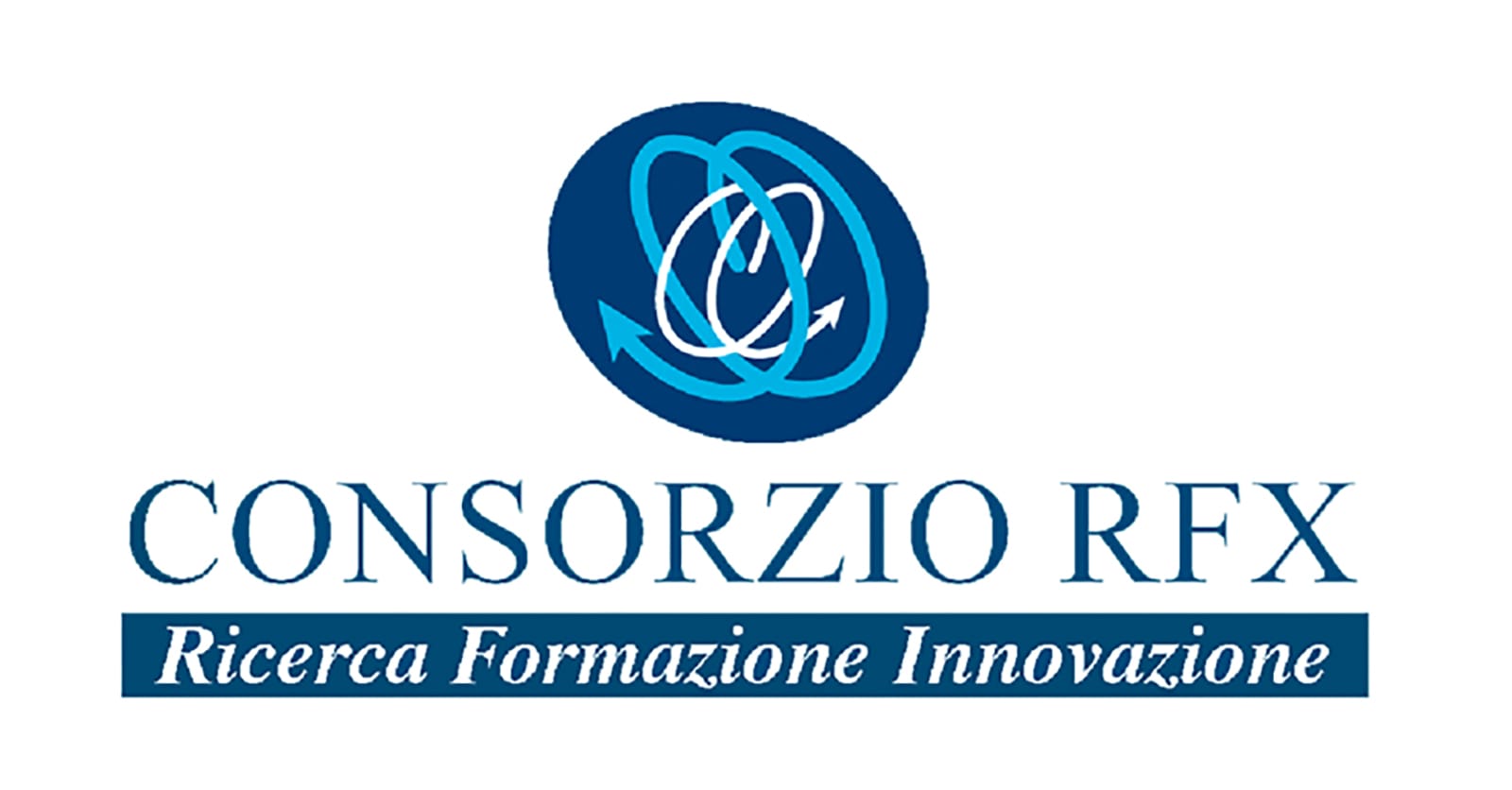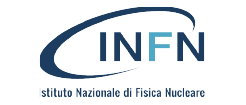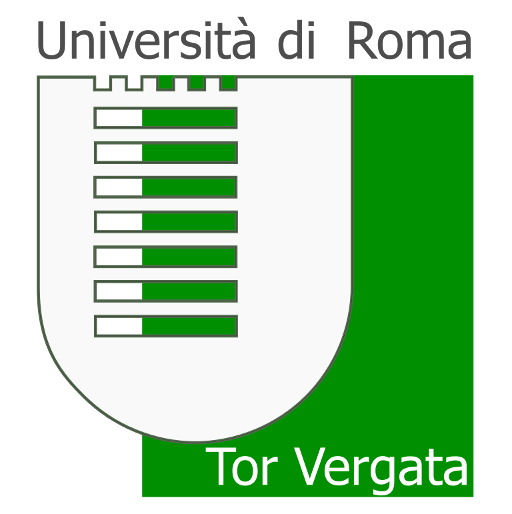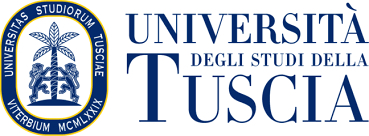FUSION ENERGY: SECURITY AND SAFETY
The reactor that will produce energy from nuclear fusion reactions with magnetic confinement will be "intrinsically and passively safe". In fact, this type of nuclear reaction does not operate "in chain" as the fission of the present-day nuclear plants; therefore, if it is not powered, the good confinement of the fuel degrades gradually turning off, to consequently flow by now cold on the walls.
This also means that, in case of need, there is always a power point on which you can act to turn off the system completely safely.
In such nuclear fusion reactions the best performance can be reached by using tritium. Tritium is a radio-active isotope of hydrogen with a decay time (halving the activity) of about 10 years.
However, a high standard safety is in any case guaranteed: as a matter of fact, no transport of radioactive material is required as the tritium production, in the small required quantities, can be carried out on-site by a reaction of the lithium nucleus with a neutron. Then the tritium is purified, and its use is confined to the plant in a closed cycle.
Therefore, this technique DOES NOT generate any type of radioactive waste; in addition, NO carbon dioxide waste can be expected.
Furthermore, the "reactor tokamak" does not fall within the military interests.








